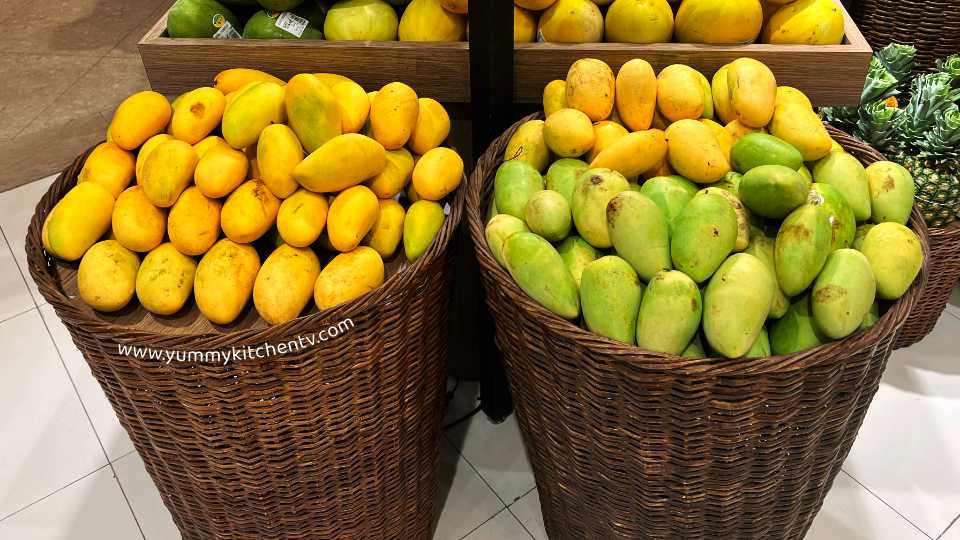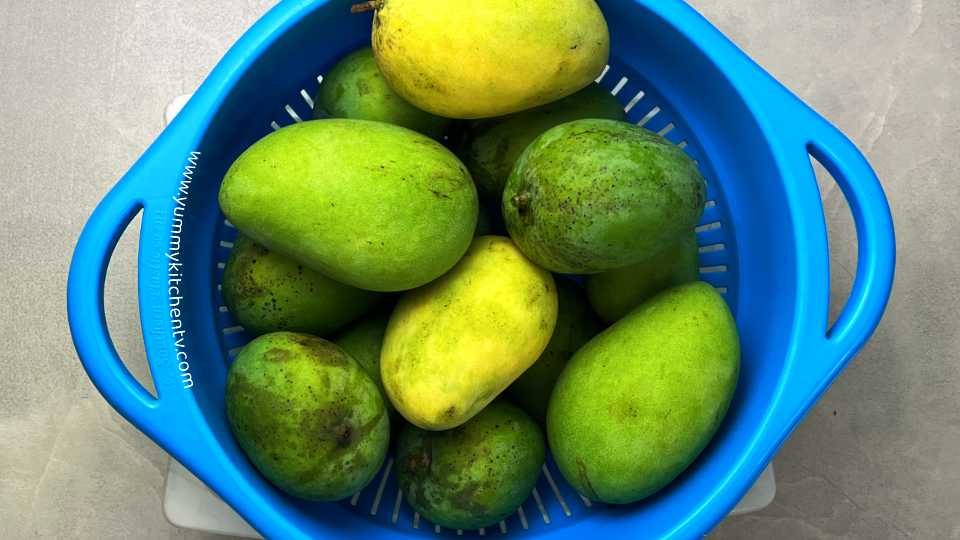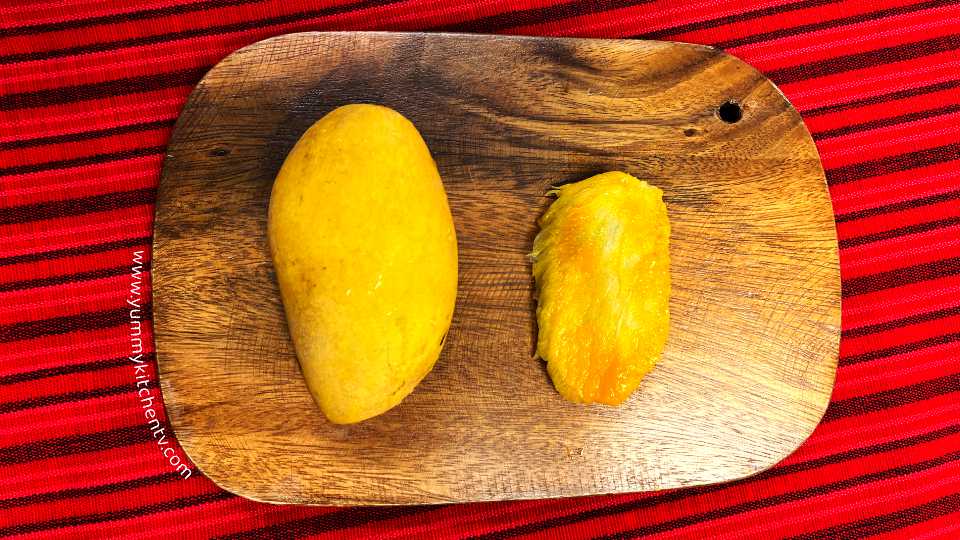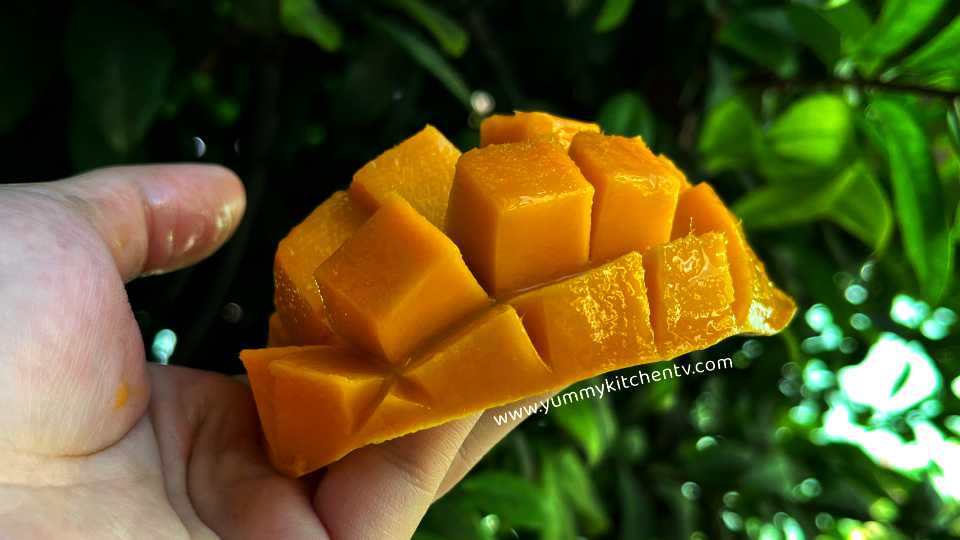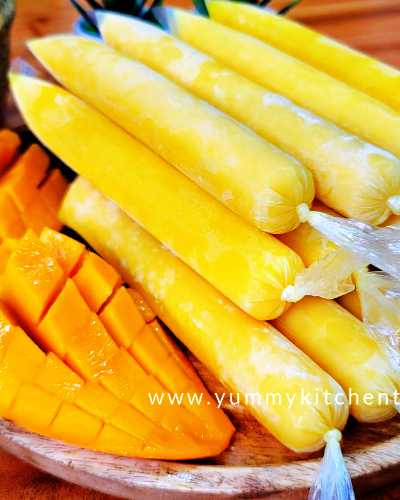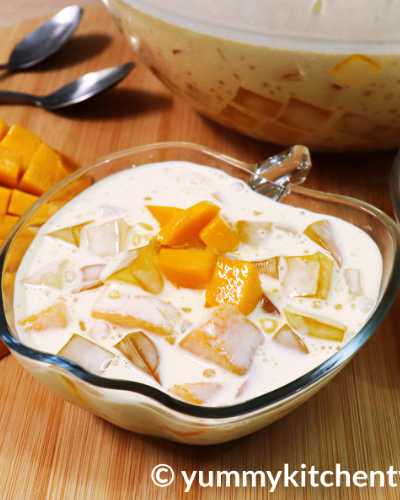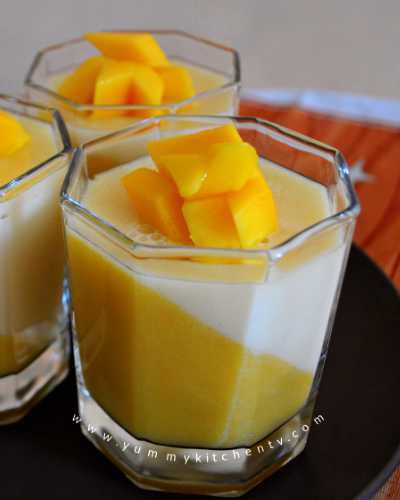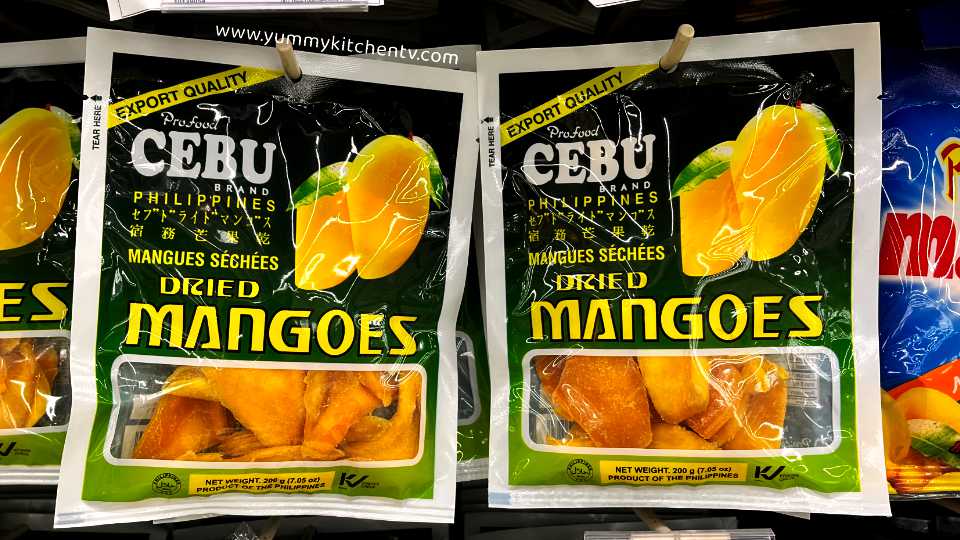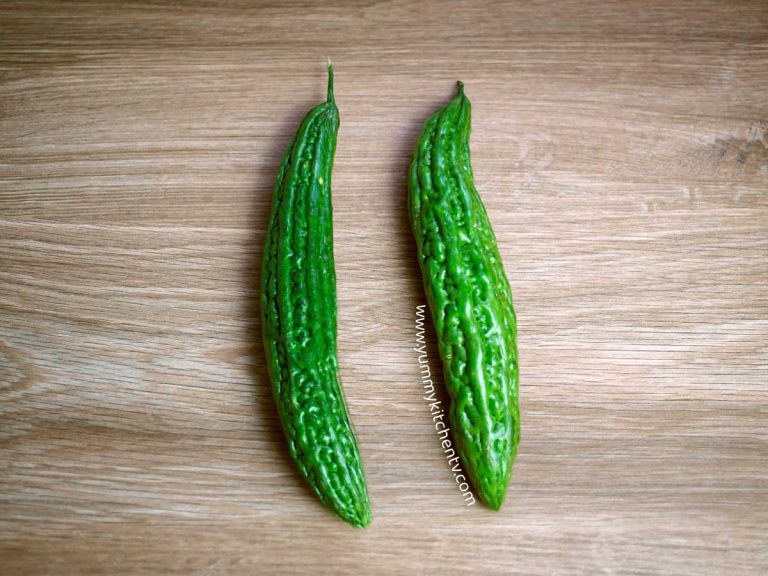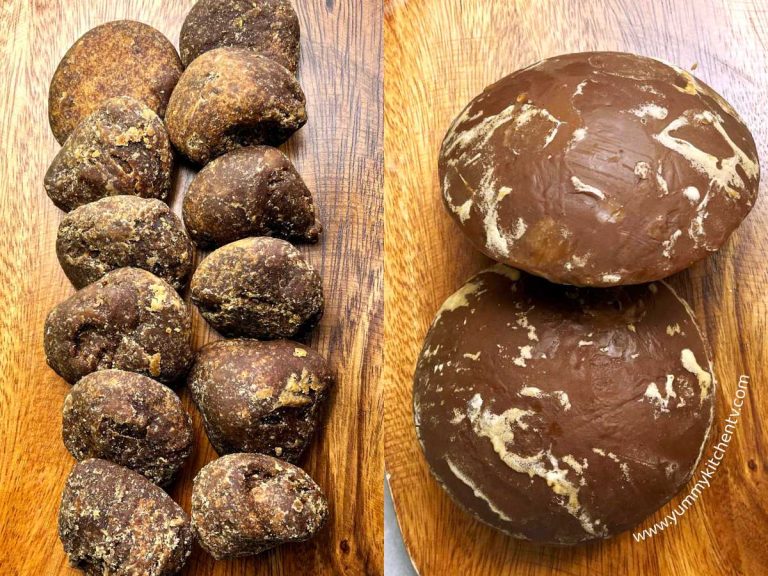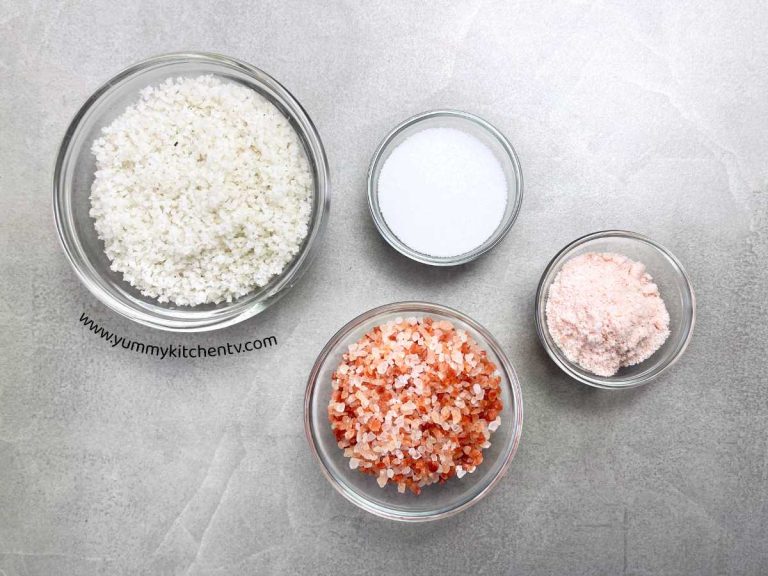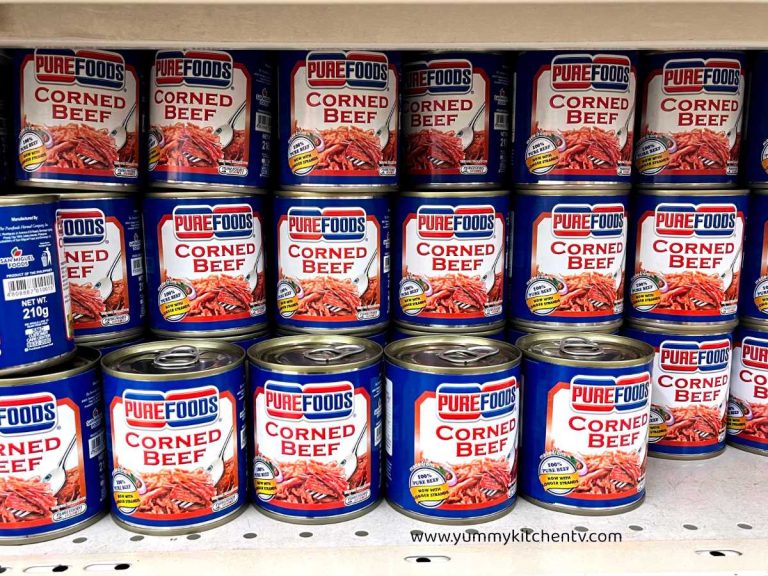Mango – What “Tropical Sunshine” would taste like
The Mango fruit, also called “King of Fruits” in some parts of the world, is grown from the Mangifera Indica tree. A supercharged fruit that boasts of its deliciously sweet unique refreshing flavor. This golden fruit is a crown jewel among summer fruits. An absolute favorite in many dessert categories like ice cream, cakes, smoothies, and even in traditional rice desserts. A sweet treat that also has a range of benefits like antioxidants, vitamins and minerals, which in turn helps skin, hair and eye health, has anti-aging properties, and may even help reduce the risk of cancer.
A short Introduction
Mango, pronounced ‘mang-gow’, with the tree that has a scientific name “Mangifera indica”, is a plant native to Southeast Asia and India. This has been cultivated for at least 4,000 years, with hundreds of existing types within the mango family, each differing in color, size, shape, and even in taste. An important Indian crop, native to Northeastern India, Bangladesh, and Northwestern Myanmar. But has now expanded to some parts of South America, Mexico, and other Southeast Asian countries. Becoming the national fruit of the Philippines, India, and Pakistan, and becoming Bangladesh’s national Tree.
The term ‘Mango’, came from the 16th century Portuguese word ‘manga’, coming from the Malay term ‘mangga’. These have been grown and cultivated since ancient times. The precious Mango tree can live around 300 years, grow to around 98 to 131 feet, with the crown of evergreen leaves reaching a radius of 33 to 49 feet, and the roots spreading and penetrating the soil to 20 feet deep. The mango tree takes at least 4 to 5 months to bear flowers which will then bear fruit. Characteristics of mango fruit? These are called a stone fruit, similar to cherries and peaches, these have a center pit, though mangoes have a larger fibrous flat oval pit that you can easily recognize once you slice through this bright sweet golden deliciousness. It has a kidney-like shape, the skin has a smooth waxy similar to leather texture, the color being green when unripe, and, yellow, or orange with a blush of red spots, with a strong sweet scent once it turns ripe.
Mango fruit benefits
A low calorie fruit, there are many studies that showcase many benefits mangoes can give to the body. Some traditional medicinal uses of mango are using its leaves as a drinkable concoction by boiling it in water for a few minutes, adding some honey for a bit of sweetness helps with people suffering from asthma, cough, the common cold, or bronchitis.The fruit containing around 20 different vitamins or minerals, a serving or around ¾ cup of mango meat provides you with your daily need of Vitamin B6. There are even some kid and adult mango fruit vitamins, readily available at the grocery stores. An impressively delicious fruit packed with vitamins and nutrients that help with:
- Rich in antioxidants, mainly in beta-carotene where the color also comes from. These help with keeping your cells healthy, reducing the risk of cancer cells.
- In addition, antioxidants and being a great source of Vitamin A and C, makes the body help produce more collagen, which not only maintains healthy hair and skin, it makes you look younger.
- Aids in digestion, in some studies, those who have chronic constipation ate a serving of mangoes over a few weeks and found significant improvement.
- To Support heart health, the cardiovascular system needs a good amount of potassium and magnesium. This not only lowers inflammation but lowers blood pressure as well.
- These are also rich in folate, great for pregnant women, as this is great for the baby’s development, used to avoid the possibility of any birth defects.
Mango Philippines’ favorite fruit
A nostalgic flavor to many Filipinos, this delightful fruit is called ‘Mangga’ in Tagalog. Eaten every summer, and added as an option to almost any known dessert as a raw fruit topping, syrup, or flavoring in the Philippines. Being the national fruit, these are also the highest valued crop that helps with the national economy. The fruit was actually brought in 1600’s and 1800’s, through the Manila galleon trade. The mangoes that grow on Philippine lands are called the ‘Carabao mango’, ‘Manila mango’, or ‘Philippine Mango’, known for being the sweetest in the world as listed in the Guiness Book of world records in 1995, the term ‘carabao’ came from the native Filipino breed of water buffaloes.
Mango recipes :
Once an exotic delicacy, now available worldwide, fresh, pureed, turned into a beverage, cooked, and added into baked goods. There’s no way to ruin the deliciousness the mango provides to any dish. One bite and you’re transported to paradise!


